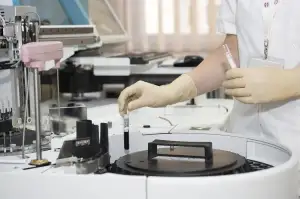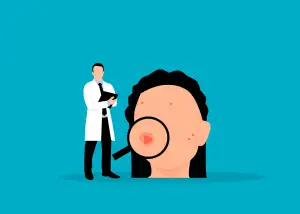Enhance Your Beauty: The Lowdown on Nipple Fillers - A Health Guide

Nipple fillers are a cosmetic procedure gaining popularity among individuals looking to enhance the appearance of their nipples. This non-surgical treatment involves injecting hyaluronic acid or other dermal fillers into the nipple area to increase volume, improve symmetry, and create a more aesthetically pleasing shape. Nipple fillers can also be used to correct inverted nipples or address issues related to aging or breastfeeding. It is essential to understand the procedure, potential risks, and aftercare tips before considering this cosmetic enhancement option.
Understanding the Procedure
Nipple fillers involve the injection of hyaluronic acid or fat into the nipple and areola area to enhance their size, shape, or projection. The procedure is typically performed under local anesthesia in a medical setting by a qualified healthcare provider. The filler is carefully injected into the targeted areas to achieve the desired aesthetic outcome. Patients may experience temporary swelling, bruising, or discomfort post-procedure, which usually subsides within a few days. It's essential to follow post-procedure care instructions provided by the healthcare provider to ensure optimal results and minimize any potential risks.
Potential Risks and Complications
While nipple fillers are generally considered safe when performed by a qualified provider, there are potential risks and complications to be aware of. These may include allergic reactions to the filler substance, infection at the injection site, asymmetry in nipple appearance, scarring, and changes in nipple sensation. It's important to discuss these risks with your provider before undergoing the procedure and ensure that they have experience in performing nipple filler injections to minimize the likelihood of complications.
Recovery and Aftercare Tips
After the nipple filler procedure, it is important to follow some key aftercare tips to ensure proper healing and minimize any potential risks. It is normal to experience some swelling, bruising, or tenderness in the treated area. To help with recovery, it is recommended to avoid strenuous activities and heavy lifting for at least 24-48 hours post-procedure.
Applying ice packs can help reduce swelling and discomfort. It is essential to keep the treated area clean and dry to prevent infection. Avoid touching or putting pressure on the nipples immediately after the procedure. Wearing loose-fitting clothing can also help with comfort during the healing process.
It is crucial to follow any specific instructions provided by your healthcare provider regarding aftercare. Attend follow-up appointments as scheduled to monitor your progress and address any concerns promptly. If you experience severe pain, excessive swelling, redness, or signs of infection, contact your healthcare provider immediately for further evaluation and guidance on next steps in your recovery journey.
Choosing a Qualified Provider
When considering nipple fillers, it is crucial to choose a qualified provider who has experience and expertise in performing the procedure. Look for a board-certified plastic surgeon or dermatologist who specializes in cosmetic procedures. Make sure to research their credentials, including their education, training, and certifications. Additionally, ask about their experience with nipple filler injections specifically and inquire about before-and-after photos of previous patients. It is essential to feel comfortable with your provider and confident in their abilities before undergoing any cosmetic procedure.
Nipple fillers can be a safe and effective way to enhance the appearance of the nipples. However, it is crucial to thoroughly research and choose a qualified provider with experience in performing this procedure. Potential risks and complications should not be overlooked, so it's essential to discuss these with your provider before moving forward. Remember that proper aftercare is key to a smooth recovery process. Ultimately, enhancing your beauty through nipple fillers should be a well-informed decision made with careful consideration of all factors involved in the process.
Published: 02. 05. 2024
Category: Health



